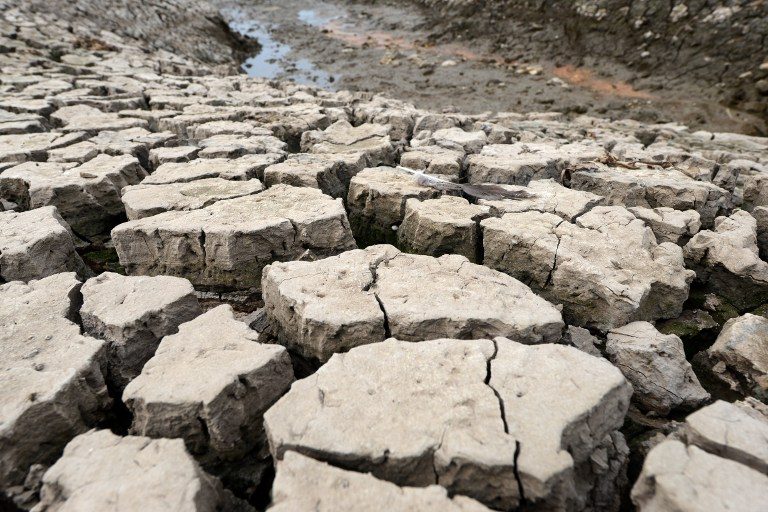SUMMARY
This is AI generated summarization, which may have errors. For context, always refer to the full article.

MANILA, Philippines – It’s not grabbing headlines yet, but one senator warns: the Philippines could be facing “what could be the worst El Niño in 17 years.”
So through a resolution, Senator Ralph Recto called for an audience with the agriculture and energy department officials to know how they are preparing for the coming drought.
In a statement on Monday, June 9, the senator asked the two departments to present “province-specific plans” for 44 provinces and for two cities.
The following, he said, had been identified by the Department of Agriculture as “vulnerable to El Nino”:
CAR
- Abra
- Apayao
- Benguet
- Ifugao
- Mountain Province
ILOCOS REGION
- Ilocos Norte
- Ilocos Sur
- La Union
- Pangasinan
CAGAYAN VALLEY
- Cagayan
- Isabela
- Nueva Vizcaya
- Quirino
CENTRAL LUZON
- Aurora
- Bataan
- Bulacan
- Nueva Ecija
- Pampanga
- Tarlac
- Zambales
CALABARZON
- Cavite
- Batangas
- Laguna
- Quezon
- Rizal
MIMAROPA
- Occidental Mindoro
- Palawan
- Romblon
BICOL REGION
- Sorsogon
WESTERN VISAYAS
- Aklan
- Antique
- Negros Occidental
- Capiz
- Guimaras
- Iloilo
CENTRAL VISAYAS
- Bohol
EASTERN VISAYAS
- Samar
ZAMBOANGA PENINSULA
- Zamboanga City
- Zamboanga del Norte
- Zamboanga del Sur
- Zamboanga Sibugay
NORTHERN MINDANAO
- Misamis Oriental
- Bukidnon
DAVAO REGION
- Davao City
- Davao Oriental
SOCCSKSARGEN
- Misamis Oriental
- Sarangani
- South Cotabato
During El Niño, ocean surfaces in the central and eastern equatorial Pacific are warmer than usual. State weather bureau PAGASA said it could begin by June 2014 and end in the first quarter of 2015.
Quoting the United Nations, Recto said the coming El Niño could be the “worst in 17 years.”
The UN Office for the Coordination of Humanitarian Affairs (UN OCHA) said with El Niño, tropical cyclones are projected to affect the northern Philippines “with increased intensity.”
‘Food, power, water’
Recto said it was better to initiate probes now rather than after the fact, “after the supposed El Niño plans had ended up in fiasco.”
“Will there be enough irrigation water for our farms? What’s the fallback if hydroelectric dams run out of water which will power turbines? What is being done so our taps won’t go dry?” said Recto in a statement.
The last El Niño occurred between June 2009 and May 2010. The Philippines’ previous experiences with El Niño do not paint a pretty picture, said Recto. El Niño episodes from 1982 to 1983 and again from 1997 to 1998 left billions of pesos worth of damage.
According to the senator, the 1998 El Niño left P9.2 billion in agriculture damage and left over 600,000 hectares of land dry. Rice and corn production in 1998 was also severely affected by severe drought, going down by 27% and 44% respectively.
The agriculture department in May estimated that around P823.29 million had already been lost “to the early effects of a looming El Niño dry spell.” – Bea Cupin/Rappler.com
Add a comment
How does this make you feel?
There are no comments yet. Add your comment to start the conversation.